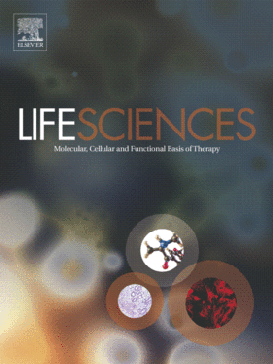
“Cervical cancer remains a global health related issue among females of Sub-Saharan Africa, with over half a million new cases reported each year.
Different therapeutic regimens have been suggested in various regions of Africa, however, over a quarter of a million women die of cervical cancer, annually. This makes it the most lethal cancer amongst black women and calls for urgent therapeutic strategies.
In this study we compare the anti-proliferative effects of crude extract of Cannabis sativa and its main compound cannabidiol on different cervical cancer cell lines.
Results obtained indicate that both cannabidiol and Cannabis sativa extracts were able to halt cell proliferation in all cell lines at varying concentrations.
They further revealed that apoptosis was induced by cannabidiol as shown by increased subG0/G1 and apoptosis through annexin V. Apoptosis was confirmed by overexpression of p53, caspase 3 and bax. Apoptosis induction was further confirmed by morphological changes, an increase in Caspase 3/7 and a decrease in the ATP levels.
CONCLUSIONS:
In conclusion, these data suggest that cannabidiol rather than Cannabis sativa crude extracts prevent cell growth and induce cell death in cervical cancer cell lines.”
http://www.ncbi.nlm.nih.gov/pubmed/27586579





